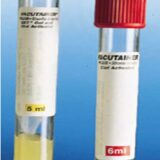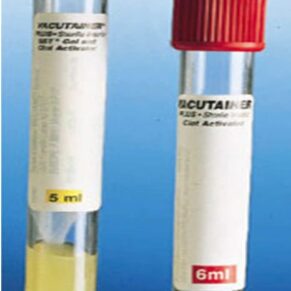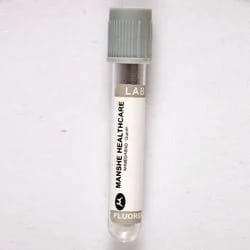- Your cart is empty
- Continue shopping
Shop
25-hydroxy VITAMIN D : Blood Test
Definition
The 25-hydroxy
vitamin D test is the most accurate way to measure how much vitamin D is in your body.
Vitamin D helps control calcium and phosphate levels in the body.
Alternative Names
25-OH vitamin D test; Calcidiol; 25-hydroxycholecalciferol test
How the Test is Performed
A blood sample is needed.
How to Prepare for the Test
Usually, you will not need to fast. But, this depends on the laboratory and the testing method used. So, follow any instructions for not eating before the test.
How the Test will Feel
When the needle is inserted to draw blood, some people feel moderate pain. Others feel only a prick or stinging. Afterward, there may be some throbbing.
Why the Test is Performed
This test is done to determine if you have too much or too little vitamin D in your blood. Screening of all adults, even when pregnant, for low vitamin D levels, is generally not recommended.
However, screening may be done on people who are at high risk for vitamin D deficiency, such as those who:
- Are obese
- Are taking certain medicines, such as phenytoin
- Have osteoporosis or thin bones
- Have limited sun exposure
- Have problems absorbing vitamins and nutrients in their intestines, such as those with ulcerative colitis, Crohn disease, or celiac disease
Normal Results
The normal range of vitamin D is measured as nanograms per milliliter (ng/mL). Many experts recommend a level between 20 and 40 ng/mL. Others recommend a level between 30 and 50 ng/mL.
The examples above are common measurements for results of these tests. Normal value ranges may vary slightly among different laboratories. Some laboratories use different measurements or test different samples. Talk to your doctor about the meaning of your specific test results, and whether you may need vitamin D supplements.
What Abnormal Results Mean
A lower-than-normal level can be due to a vitamin D deficiency, which can result from:
- Lack of skin exposure to sunlight, dark skin, or constant use of high SPF sunscreen
- Lack of enough vitamin D in the diet
- Liver and kidney diseases
- Poor food absorption
- Use of certain medicines, including phenytoin, phenobarbital, and rifampin
- Poor vitamin D absorption due to advanced age, weight-loss surgery, or conditions in which fat is not absorbed well
A low vitamin D level is more common in African American children (especially in the winter), as well as in infants who are breastfed only.
A higher-than-normal level may be due to excess vitamin D, a condition called hypervitaminosis D. This is most commonly caused by taking too much vitamin D. It can result in too much calcium in the body (hypercalcemia). This leads to many symptoms and kidney damage.
Risks
There is little risk involved with having your blood taken. Veins and arteries vary in size from one person to another and from one side of the body to the other. Taking blood from some people may be more difficult than from others.
Other risks associated with having blood drawn are slight but may include:
- Excessive bleeding
- Multiple punctures to locate veins
- Fainting or feeling lightheaded
- Hematoma (blood accumulating under the skin)
- Infection (a slight risk any time the skin is broken)





Customer reviews
Reviews
There are no reviews yet.
Write a customer review